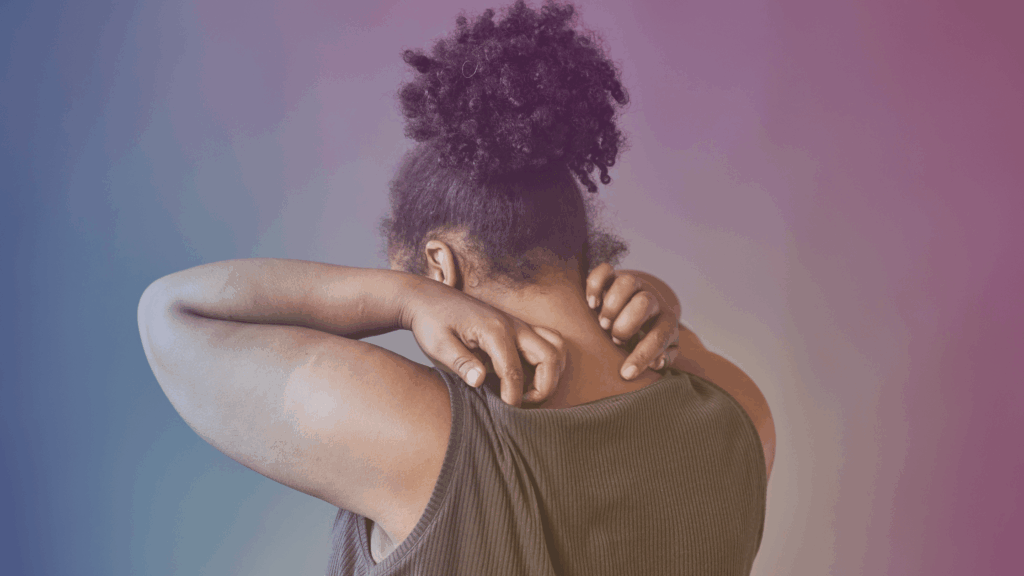Before we get into The Wearapy Show I wanted to answer that first question that’s in your head.
What the hell is ‘Wearapy’?
As with so many things, as I age, I have grown sick of looking at life through a binary, and nothing could be less black-and-white than my wardrobe, both literally and figuratively. So naturally, I found myself yawning at the narrative surrounding how clothes make us feel. Whether through articles or TV, we were constantly being fed two singular examples of the relationship between clothes and mood.
1 dressed for distress or
2 dressed for joy.
But as with all things fashion psychology, we know it’s way deeper than that.
Allow me to introduce you to a new concept that I’ve coined ‘Wearapy’. Wearpy is the practice of using clothes as a tool to help you either successfully navigate different emotional states, confront your feelings, honour or boost your mood. It’s the psychological embodiment of wearing your heart on your sleeve.
When discussing wearapy, people always question whether you should dress how you currently feel or dress how you want to feel. And the answer depends on your personal desires. Dressing how you currently feel helps you to stay present by honouring your current state of mind. Dressing how you want to feel gives you the power to shift your mood and potentially take you out of negative emotional states. The act of dressing to honour or alter your mood is wearapy.
A global survey investigating the mood-altering effects of clothing revealed that clothes don’t simply make people feel “good”. 42% of respondents believe that certain outfit choices make them feel more relaxed, while 40% admit that their clothes can make them feel confident. Zooming in on the UK, more than two-thirds (64%) of Brits believe that the way they dress can boost their moods and make them feel better about themselves. Meanwhile, 35% of Brits felt that a day or situation had gone better because of the clothes they were wearing. Another study, this time in the Journal of Experimental Psychology, found that over 96% of people “report a change in their emotional state with a change in their style of dressing”.
Who is Wearapy for?
Absolutely anyone can tap into the mood-altering benefits of clothing. However, research investigating binary gender differences in wearapy suggests that because women are socialised to be highly invested in their personal style, they have a stronger emotional connection to clothes than men. Not only do women tend to choose clothes depending on how they make us feel we’re also more likely to be walking mood rings, matching our outfits to our moods especially when we’re feeling confident, happy and empowered. In his research senior marketing lecturer, Dr Alastair Tombs, confirmed that women use clothes both to showcase and manage their moods.
Given the overwhelming findings, it’s annoying, to say the least, that those who identify as women are regularly chastised for being “too” invested in fashion. Sometimes, if a woman is seen as putting effort into her personal style, her intelligence and capabilities are questioned as if we cannot possibly be both accomplished and style-conscious.
Like most outfits, wearapy is not a one-size-fits-all deal. One of the first things they teach you in psychology is the importance of understanding individual differences. Essentially, the study of individual differences reminds psychologists that, well, everyone is different. Individual Differences are “psychological characteristics that distinguish one person from another and thus help to define each person’s individuality.” While a lot of our experiences are universal, due to the differences in our thinking, our environments and so on, some experiences will be more intense for certain people than they are for others, and wearapy is no different.
Here are 9 examples of how you might be using wearapy without even realising it

1. Boosting Happiness
Fashion functions as an important resource to sustain subjectively experienced positive affect and high levels of well-being. Research has shown that clothes allow us to express, underline, catalyse and maintain states of positivity.

2. Camouflaging on a bad day
Clothes are often used as a coping strategy to manage low moods. Fashion allows us to create a sartorial protective shield that allows us to temporarily fade into the background, avoid attention and obtain a sense of privacy.

3. Enhancing Comfort
Comfortable clothing, like soft fabrics and well-fitting attire, can help reduce physical discomfort and stress. When you’re physically comfortable, you’re more likely to be in a better mood.

4. Expressing Individuality
Choosing clothing that aligns with your personal style and values allows you to express your individuality. This self-expression can lead to a sense of empowerment and happiness because, according to “uniqueness-seeking” humans possess an internal desire to stand out from the crowd – developing a unique dress style can be the vehicle for this.

5. Befriending the body
Clothes also serve as a means of altering the body and thereby reducing bodily insecurities. By doing so, individuals may feel self-assured and appear attractive in the social sphere.

6. Creating Positive Associations
Certain clothing items may have sentimental value or positive associations with specific experiences or people. Wearing these items can trigger positive memories and emotions.

7. Avoidance of Anxiety
Fashion conformity is used as a strategy to play it safe and feel at ease in a group. Wearing styles that avoid standing out can help reduce fashion anxiety and promote well-being.

8. Positive Feedback
Compliments and positive feedback from others about your clothing choices can boost your self-esteem and mood, reinforcing your confidence in your style.

9. Personal Goals
Dressing in a way that aligns with your personal goals, such as dressing more professionally to advance in your career, can create a sense of purpose and motivation, positively affecting your mood.
How often do you use wearapy? Let us know in the comments and make sure you check out the latest season of The Wearapy Show.



